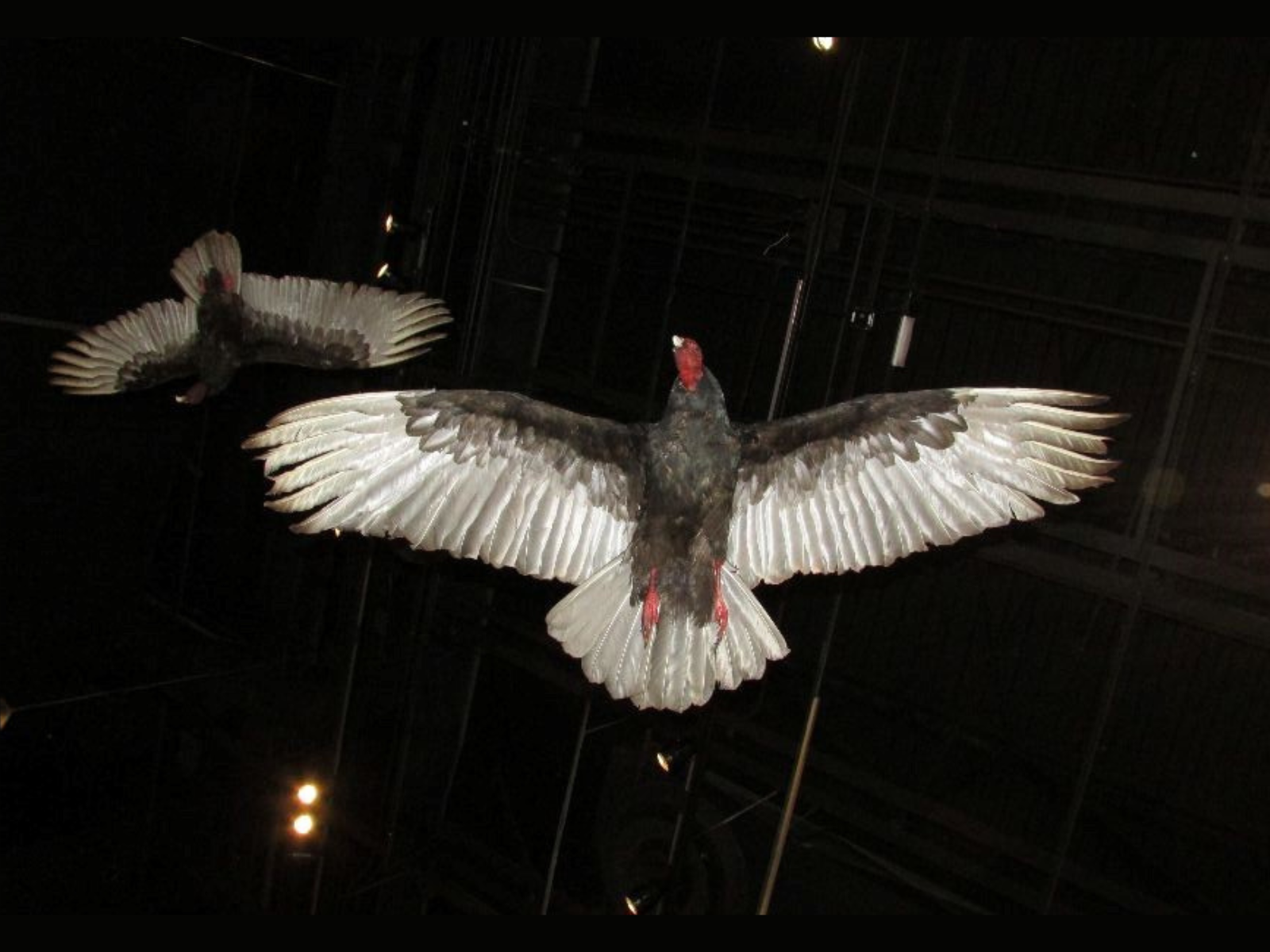This might seem unsurprising given that turkey vultures (Cathartes aura) feed almost exclusively on carrion, the decaying flesh of dead animals that can be pretty smelly – even to humans – but it has long been thought that birds have almost no sense of smell.
However, scientists have recently shown that turkey vultures have a well-developed sense of smell and can use it to detect freshly dead animals that are hidden from sight in forests, in old buildings, or under debris even while the vultures soar high in the air. Although their bright red, naked heads might keep them from winning a beauty pageant, the turkey vulture plays a critical role in cleaning up dead animals and keeping diseases in check.



